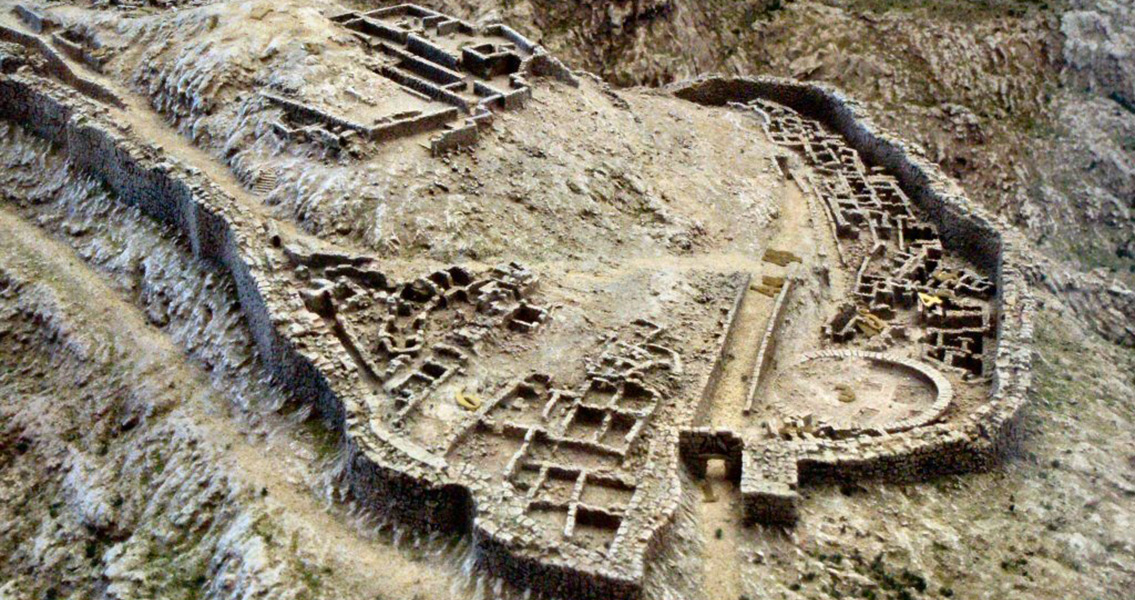<![CDATA[A stone fragment of what might just be from the ancient throne of the kingdom of Mycenae has been discovered by an archaeologist undertaking excavations in the southern reaches of Greece. Dig leader Christofilis Maggidis says that a piece of worked limestone, which was discovered around two years ago, is from the throne of Mycenae. The central palace of the ancient kingdom, which has reached near-mythological status thanks to its purported involvement in the Trojan War, is thought to have been destroyed during an earthquake that occurred in 1200 BCE. The chunk of limestone, which was found in a streambed beneath the ruins of the hilltop fortress, is a fragment of the Mycenaean throne, Maggidis said at a recent press conference in Athens. However, not everyone has been as quick to agree with the archaeologist’s assessment. In fact, officials from the Greek Culture Ministry told Phys.Org that the piece of limestone is unlikely to be from the Mycenaean throne. According to them, it is a piece of a stone basin instead. Despite the ministry’s disavowal, Maggidis claims that the fragment is undoubtedly carved in such a way as to support being sat upon. Additionally, with the stone itself being porous, it would have been useless to hold liquids if it was indeed part of some sort of basin. The researcher called it one of the most significant and emblematic finds from the era. One of the most significant centers of civilization during the late Bronze Age, Mycenae was at its height from the middle of the fourteenth century to the twelfth century BCE. Many of its rulers have become the stuff of legend, immortalized in Greek myth cycles; one of the most famous – or perhaps infamous – leaders of ancient Mycenae was Agamemnon, said to be the general of the vast Greek army that sailed to Troy during the Trojan War, besieging it for a decade before finally sacking it. However, how much of this is pure fabrication on the part of Homer’s Iliad and how much is based on historical record is very much still up for debate by archaeologists and classicists alike. This would be the first throne fragment discovered so far in the ruins of any Mycenaean palace on mainland Greece. There have been smaller, older examples found across the archipelago, most notably on the island of Crete, in the remains of the Minoan palace of Knossos. Maggidis remarked that the remainder of the throne may be waiting to be found beneath the rubble. He says he has high hopes that he will be able to secure permission to excavate the streambed more comprehensively in order to verify his theories. To the researcher’s credit, the type of stone his team found in the streambed is unique amongst the Mycenaean ruins, as its like has not been found anywhere else within the palace ruins. The closest analogue to the stone is a similar – but not identical – material used widely in the construction of the palace’s defensive curtain walls and in the ornate tombs where the rulers of the civilization were interred. Image courtesy of Wikimedia Commons user: Qwqchris]]>
Ancient Fragment of Mythical Mycenaean Throne Found?
